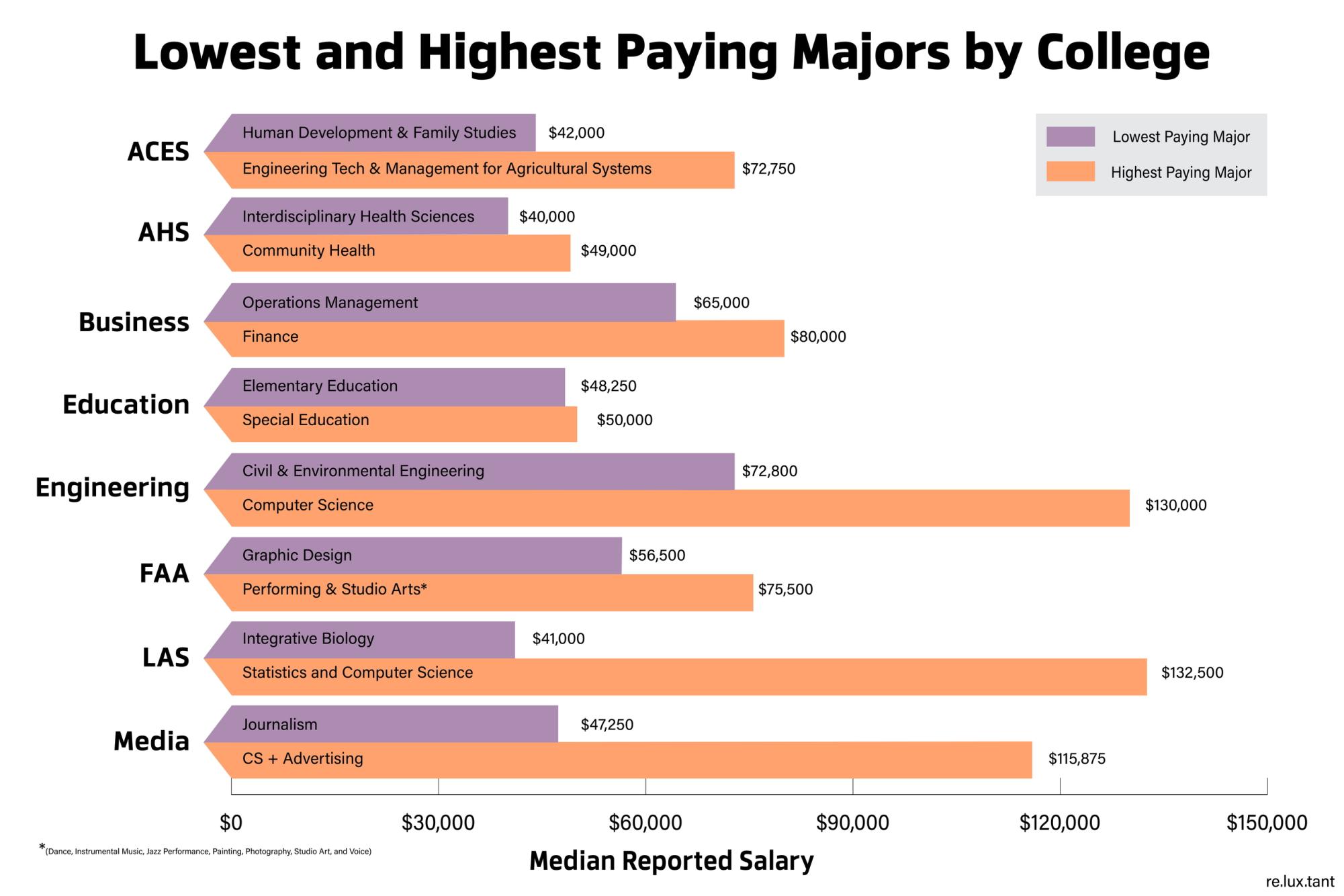‘One-stop shop’ to open for wounded veterans
September 23, 2015
Veteran and student Garrett Anderson is excited for veterans on campus to have a “one-stop shop” to to find resources, guidance, counseling and more on campus.
The Center for Wounded Veterans in Higher Education is hosting an open house for veterans on campus Thursday.
“In the military you’re very structured. So when you throw these guys into college, they don’t have a set schedule so it’s hard for them to conceptualize how to set their own study routines,” said Anderson, a veteran and a graduate student in AHS. “So what we are going to do here is teach them those skills.”
The new facility will serve the approximated 350 veterans on campus as well as 150 dependents.
“We’ll be introduced to the center and be able to use it (Thursday),” said Jennifer Warning, a veteran and junior in LAS. “We’ll be more informed after the open house.”
Get The Daily Illini in your inbox!
The center offers transition and academic services, counseling, employment services and other programs aimed at helping veterans succeed in college and in the workforce.
“Our goal is to help student veterans with a disability to stay enrolled, perform academically well and to graduate and go into meaningful work,” said Nicholas Osborne, interim director for the center.
He said the center, located at 908 W. Nevada St, Urbana, cost $14 million. The project was mainly funded through private gifts, such as a $6 million donation from the Chez Family Foundation. The state also contributed $4 million under former governor Pat Quinn.
One program offered to the veterans is a two credit hour course that focuses on their transition from the military into college life.
“I’m in the veterans transfer class going into school from the military. They tell us about opportunities out there that will help us adjust,” Warning said. “It’s a helpful thing in order for veterans to transition successfully back into civilian life.”
Many veterans stress the difficulty of attending college after years of military service.
According to the 2015 Veteran Economic Opportunity Report, 48 percent of veterans participating in the GI Bill complete degree programs.
“A lot of veterans haven’t had any pure education for five to seven years,” Anderson said. “When they get here, it’s like throwing them from a pond to a lake or an ocean because they’re overwhelmed.”
Other programs include a live-in residency option on the third floor, which can house up to 12 veterans.
“Our veterans are looking for a community, and our center provides that,” Osborne said. “They will be in an environment with peers who they can relate to.”
He said the center is one of the few facilities of its kind nationwide. The overall initiative provides direct service to veterans but also leads as a national resource component that will benefit veterans outside of Illinois as well.
University faculty from various colleges also strive to apply research to the veteran population to answer some of the nation’s challenging questions. For example, research aims to shed light on veteran graduation rates as well as interventions that support veterans with post-traumatic stress disorder or brain injuries.
“If you look across the country, there’s a lot of programs and resources in place for student veterans, but there aren’t a lot that specifically address student veterans with disabilities,” Osborne said. “We realize that this is very complex work with a lot of layers so we have to work with each student individually rather than assume we can create one model that applies to them all.”
He said Disability Resources and Educational Services, DRES, was the first organization in the country to begin research on veterans after World War II. Over time, this evolved into a program that not only served veterans but also all students with disabilities.
“I think what this center symbolizes is that we’ve been a continued leader in the area of disability research. We’re taking all of our talents and our history, and we are applying it to this newest generation of service members,” Osborne said.
news@dailyillini.com






